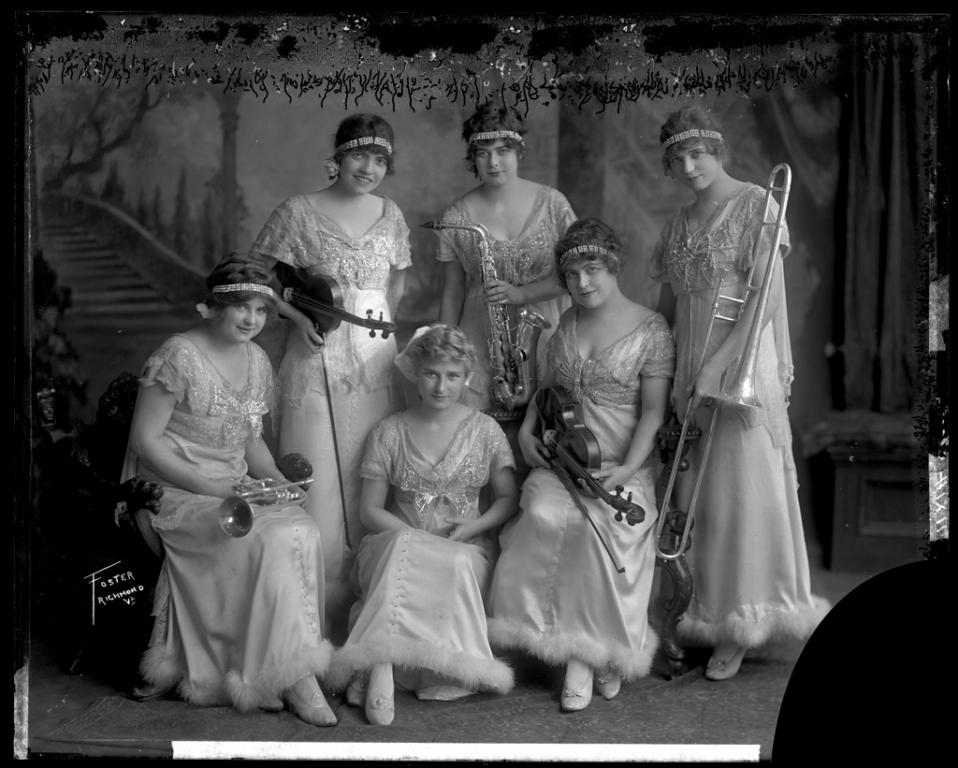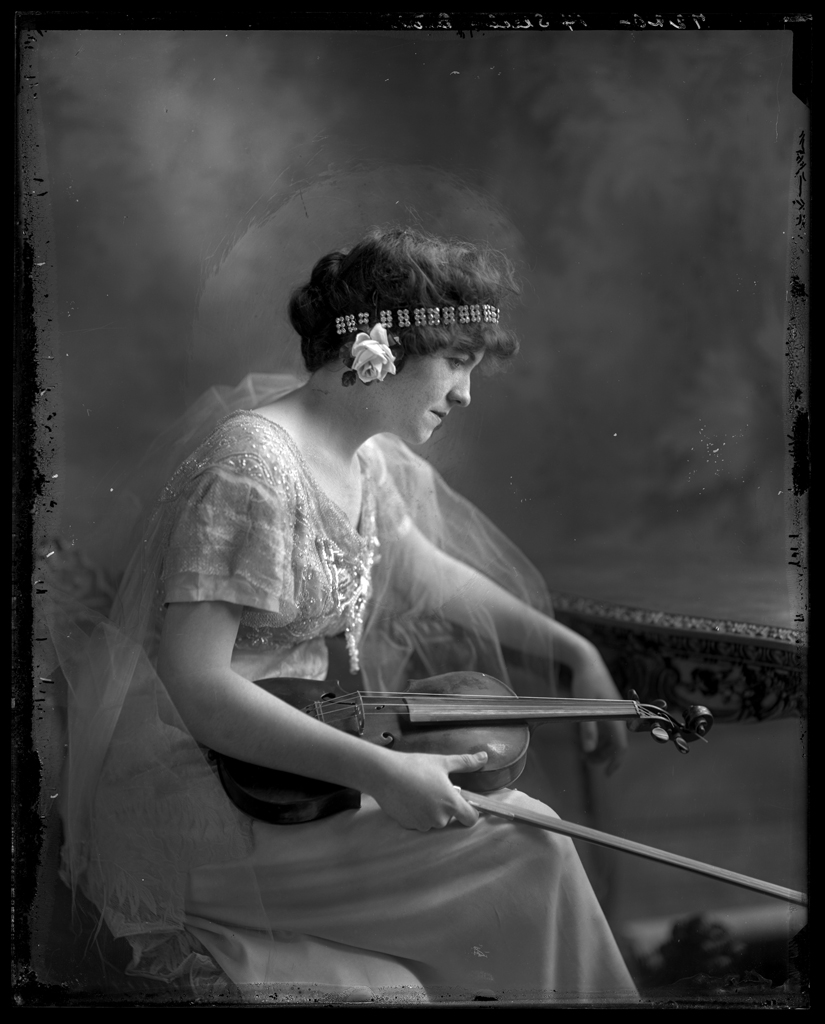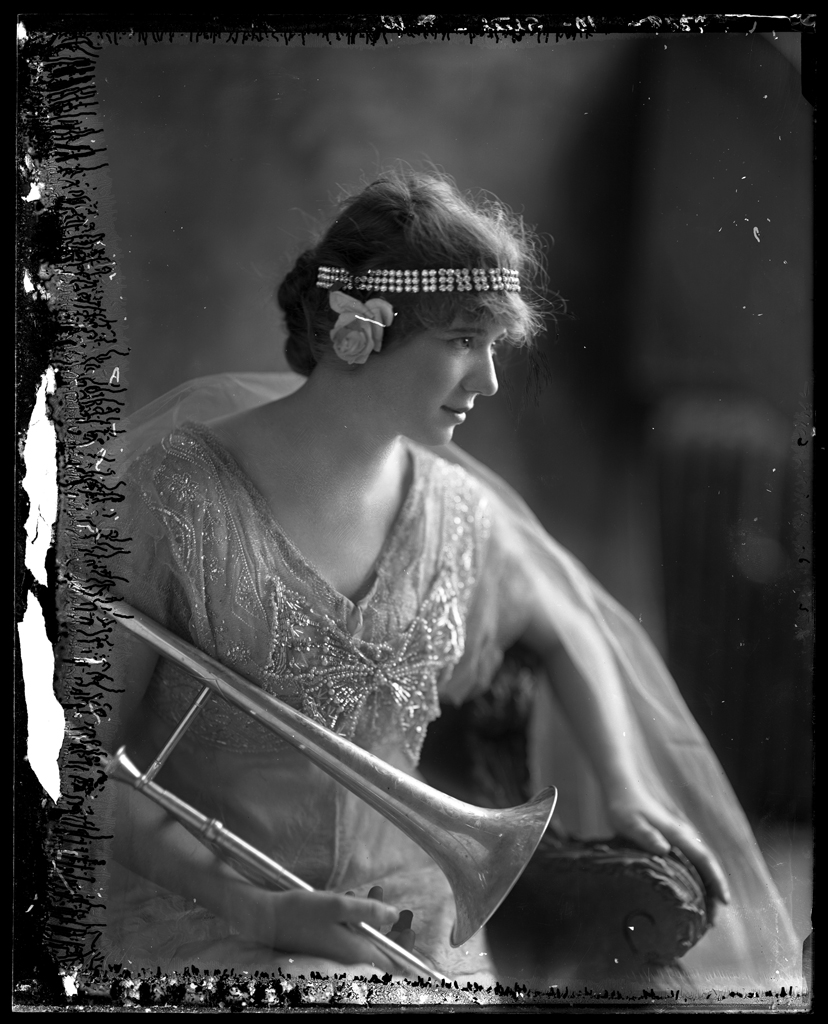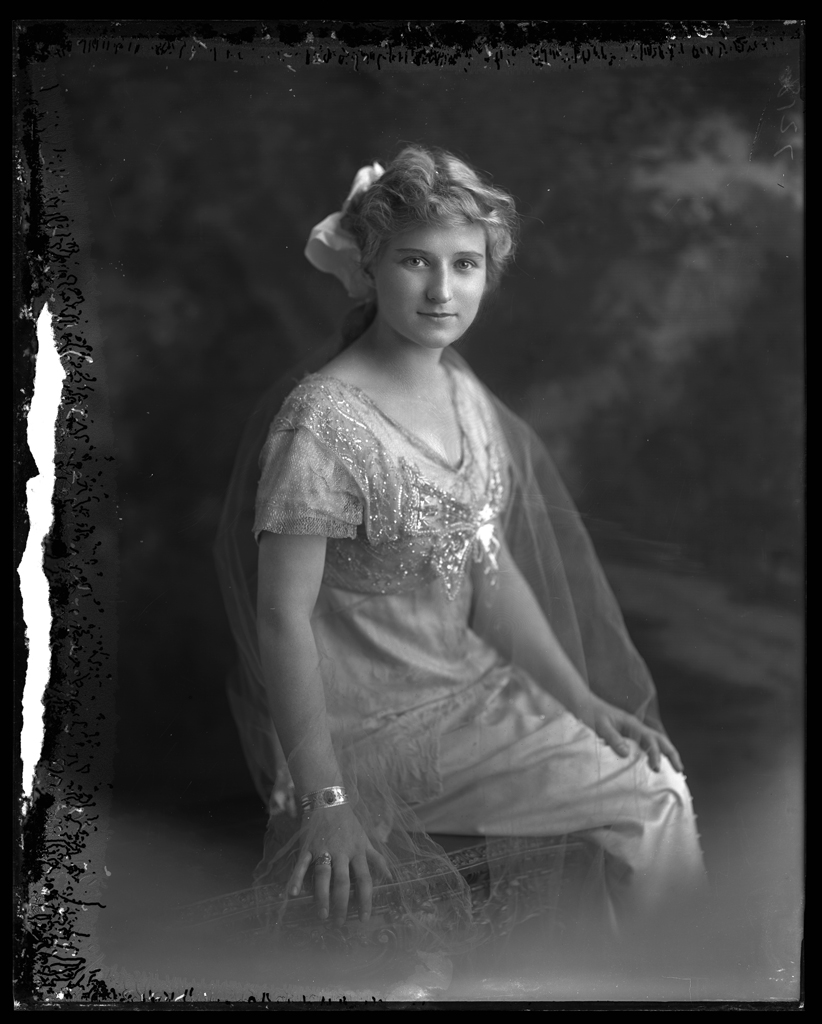The Virginia Museum of History & Culture holds a treasure-trove of sources for research such as the glass plate negatives in the Walter Washington Foster collection. Originally from Norfolk, Foster relocated to Richmond, where he worked in partnership with other photographers and eventually operated his own studio from the late 1870s to the mid-1930s.
In 1972, 30,000 of his glass plate negatives were donated to the Virginia Historical Society. Photos of the Kirksmith Sisters Orchestra (Chautauqua and vaudeville musicians of the day) are among those donated. The Kirksmiths' travel schedule eventually landed them in Virginia, where they may have performed in Richmond.




